HRU
Hydrostatic Release Units (HRU) are critical components in marine safety, designed to automatically release lifeboats and life rafts when a vessel sinks. HRU ensure that these survival crafts are deployed without manual intervention, increasing the chances of survival during emergencies. Regular testing, maintenance, and replacement according to manufacturer guidelines are vital to ensure functionality. HRU must comply with international maritime safety standards, providing peace of mind for ship operators and crew. Investing in reliable HRU is a crucial step in safeguarding lives at sea and enhancing overall maritime safety.


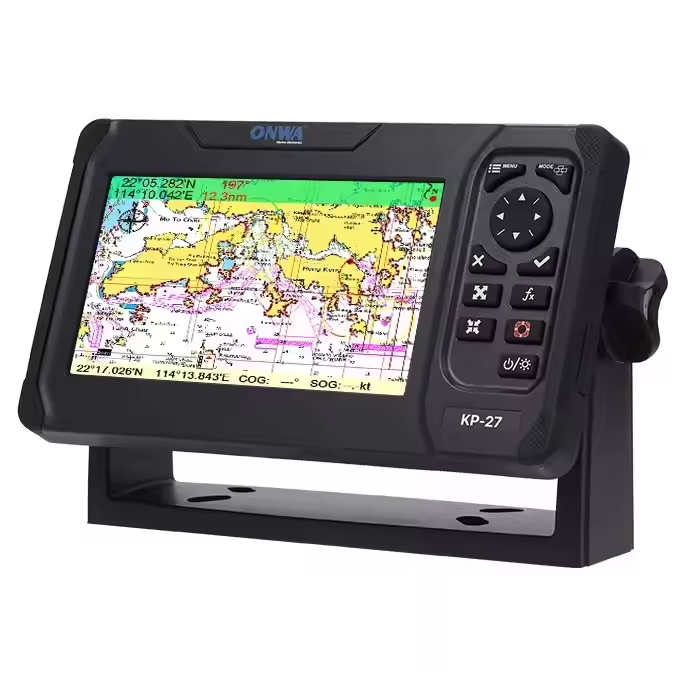
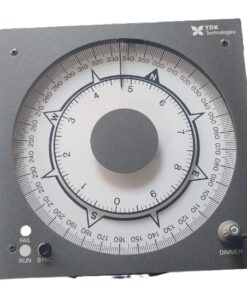
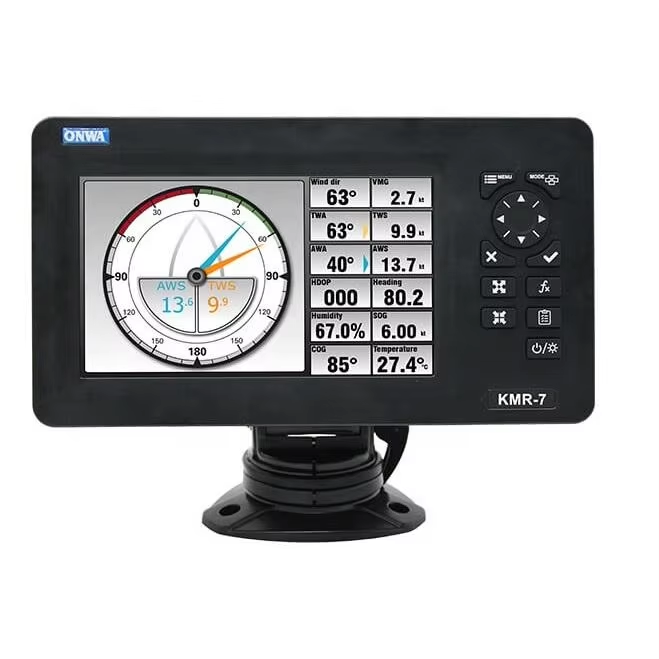
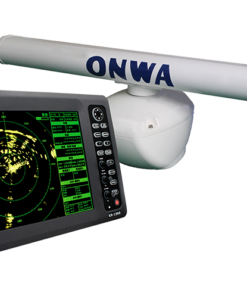
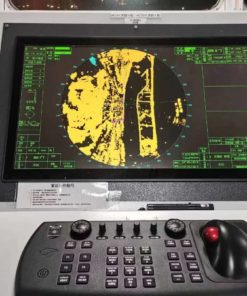
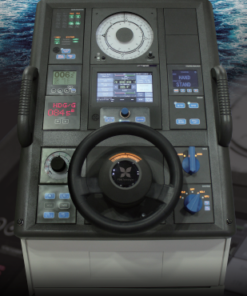
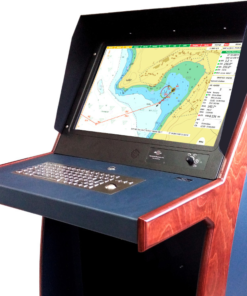
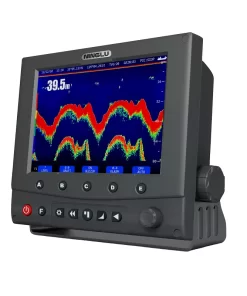
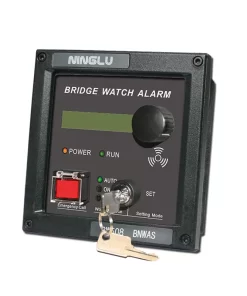
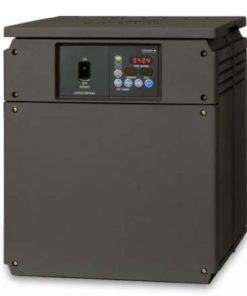
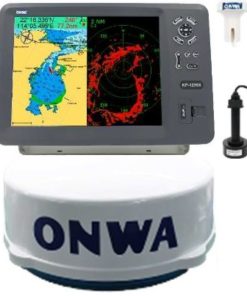
Latest Products
YDK Technologies MKN020 Gyro compass connection box
AED 3,960.0Original price was: AED 3,960.0.AED 2,850.0Current price is: AED 2,850.0.Onwa KM-8X 5-in-1 Marine Bundle Set Radome – GPS, Chartplotter, EchoSounder, AIS, Radar
8-inch GPS Chart Plotter with AIS and Radar
Onwa KM-8A (BUNDLE) 8-inch Color TFT LCD GPS Chart Plotter with Class B+ AIS Transponder MFD [BUNDLE]